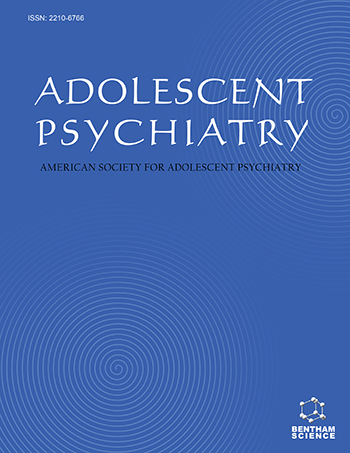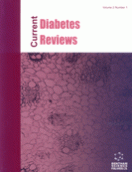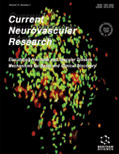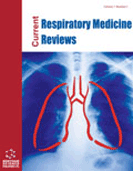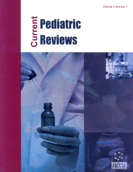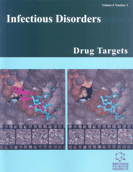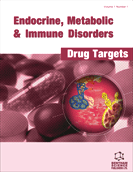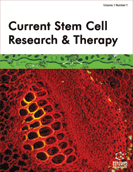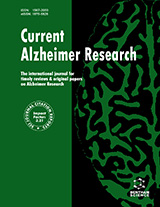Abstract
Background: Internet addiction, also called Problematic internet use, has an estimated prevalence globally of 5- 10%, quickly becoming an increasingly important clinical problem in adolescent psychiatry.
Method: A case of social media addiction in a 13-year-old girl is presented and discussed using Tam and Walter’s “Basic Model of PIU in Youth” (Tam and Walter, 2013). Potential treatment approaches are also reviewed.
Results: While many cases of internet addiction focus on online gaming, problematic use of social media is also common, particularly in adolescent girls. Defined as internet use that creates difficulties in psychological, social, academic and/or work domains, it has lacked a unified conceptual and treatment approach.
Conclusion: Internet addiction is an increasingly recognized clinical problem that arises in the context of a constellation of individual and parenting factors and that poses unique treatment dilemmas for clinicians.
Keywords: Adolescents, case report, internet addiction, Problematic internet use, social media addiction.
Adolescent Psychiatry
Title:Problematic Internet Use: A Case of Social Media Addiction
Volume: 4 Issue: 2
Author(s): Sandra M. DeJong
Affiliation:
Keywords: Adolescents, case report, internet addiction, Problematic internet use, social media addiction.
Abstract: Background: Internet addiction, also called Problematic internet use, has an estimated prevalence globally of 5- 10%, quickly becoming an increasingly important clinical problem in adolescent psychiatry.
Method: A case of social media addiction in a 13-year-old girl is presented and discussed using Tam and Walter’s “Basic Model of PIU in Youth” (Tam and Walter, 2013). Potential treatment approaches are also reviewed.
Results: While many cases of internet addiction focus on online gaming, problematic use of social media is also common, particularly in adolescent girls. Defined as internet use that creates difficulties in psychological, social, academic and/or work domains, it has lacked a unified conceptual and treatment approach.
Conclusion: Internet addiction is an increasingly recognized clinical problem that arises in the context of a constellation of individual and parenting factors and that poses unique treatment dilemmas for clinicians.
Export Options
About this article
Cite this article as:
DeJong M. Sandra, Problematic Internet Use: A Case of Social Media Addiction, Adolescent Psychiatry 2014; 4 (2) . https://dx.doi.org/10.2174/221067660402140709122403
| DOI https://dx.doi.org/10.2174/221067660402140709122403 |
Print ISSN 2210-6766 |
| Publisher Name Bentham Science Publisher |
Online ISSN 2210-6774 |
 218
218
- Author Guidelines
- Graphical Abstracts
- Fabricating and Stating False Information
- Research Misconduct
- Post Publication Discussions and Corrections
- Publishing Ethics and Rectitude
- Increase Visibility of Your Article
- Archiving Policies
- Peer Review Workflow
- Order Your Article Before Print
- Promote Your Article
- Manuscript Transfer Facility
- Editorial Policies
- Allegations from Whistleblowers
Related Articles
-
Effectiveness of a School-Based Emotional Freedom Techniques Intervention for Promoting Student Wellbeing
Adolescent Psychiatry Adolescents’ Perceptions of the Factors that Enhance the Therapeutic Relationship: A Qualitative Study in School-based Health Settings
Adolescent Psychiatry Non-Pharmacological Treatments for ADHD in Youth
Adolescent Psychiatry The Solitary Sparrow Epidemic – A Developmental Perspective on Loneliness in Adolescence<sup>1</sup>
Adolescent Psychiatry Growing up in the Web of Social Networking: Adolescent Development and Social Media
Adolescent Psychiatry Opioid Use Disorders in Adolescents: A Review of Prevalence, Problems, Clinical Features and Treatment Options
Adolescent Psychiatry Anti-NMDA Receptor Encephalitis in a Patient with a History of Autism Spectrum Disorder
Adolescent Psychiatry Thriving, Managing, and Struggling: A Mixed Methods Study of Adolescent African Refugees’ Psychosocial Adjustment
Adolescent Psychiatry The Effects of Mindfulness-Based Interventions on Sleep Disturbance: A Meta-Analysis
Adolescent Psychiatry Promoting Well-being and Resilience in Employing a Relationship Centered Approach: A Case Study of a Pre-adolescent Boy
Adolescent Psychiatry Subject Index
Adolescent Psychiatry Editorial: DSM-5 and the Challenge of Understanding and Treating Adolescents
Adolescent Psychiatry “When Can I See You Again?”: The Immigration Experience, Insecure Attachment and Psychotherapy
Adolescent Psychiatry Adolescent Suicide and Suicide Prevention Programs: A Comparison Between Lithuania and Flanders
Adolescent Psychiatry Chronic Absenteeism: A Brief Review of Causes, Course and Treatment
Adolescent Psychiatry Marijuana and Adolescents: Treatment Strategies for Clinicians
Adolescent Psychiatry Family-Based Therapy for Adolescent Anorexia: The Nuts and Bolts of Empowering Families to Renourish Their Children
Adolescent Psychiatry Clinical Guidelines for the Detection, Prevention, and Early Intervention of Adolescent Substance Use
Adolescent Psychiatry A Pilot Study of Hippocampal Activity During a Verbal Memory Task in Depressed Young Adults
Adolescent Psychiatry Supplements, Diets and Other Complementary and Alternative Interventions in Adolescent Mental Health
Adolescent Psychiatry


